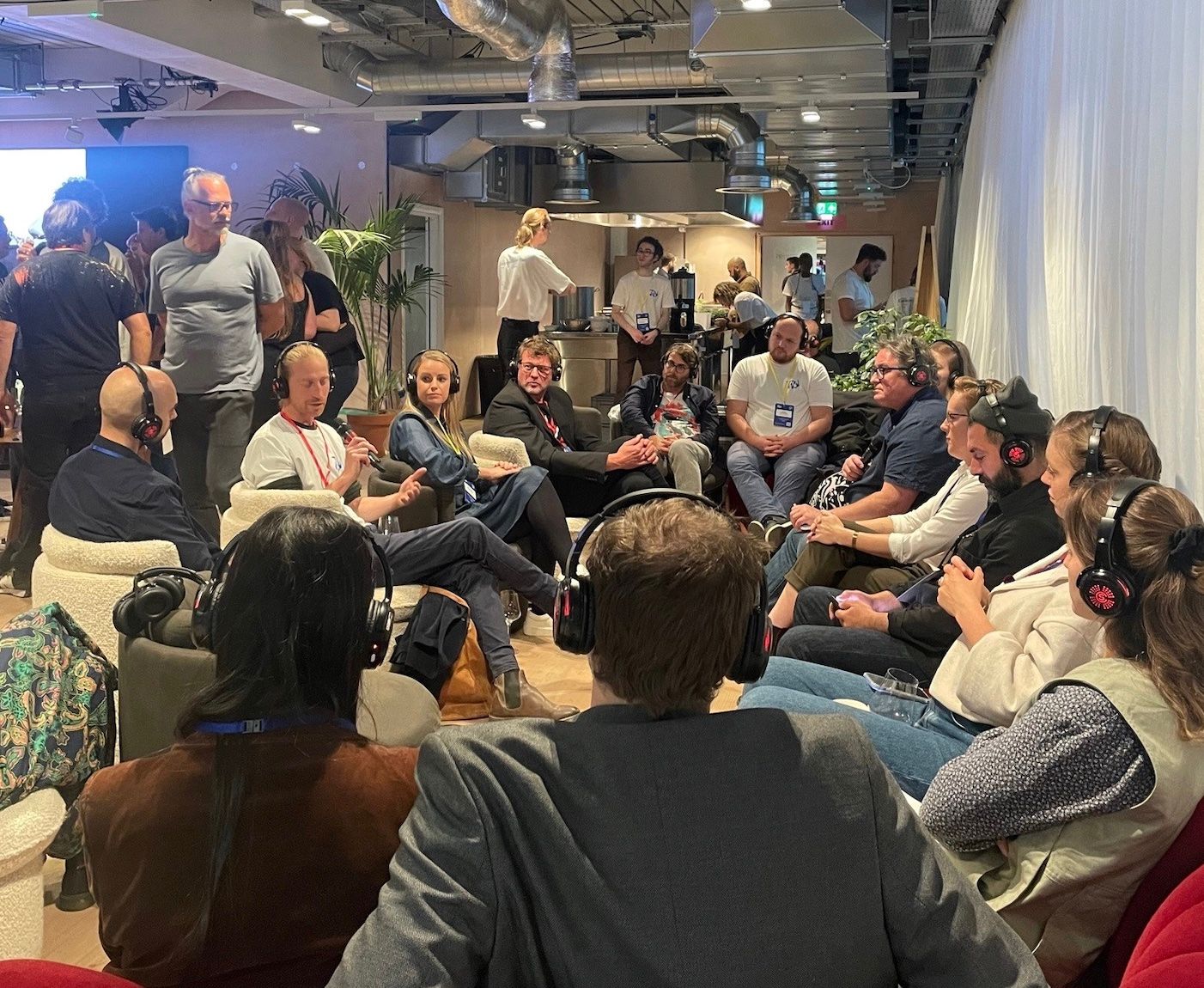The Buyer’s new wave German wine debate – billed as “Lightbulb moments from Germany” – was held at the recent New Old World wine event hosted by Newcomer Wines in London.
“It’s not just small bistros in London that are interested in these wines, but the big institutions like Harrods. What we have seen in the last 18 months has been an incredible step forward for Germany.”
That’s how Thorsten Melsheimer, who has quietly been making his biodynamic wines in the heart of the Mosel Valley for the last 28 years, sees the enormous changes that are now taking place right across the German wine scene.

Thorsten Melsheimer, third left, with hs family in the Mosel Valley
For most of those 28 years the wines that Melsheimer has made have largely been under the radar, enjoyed by a small, but solid fan base. Now they are very much part of what is being widely recognised as a new wave of winemaking in Germany, driven by organic, biodynamic and independent, low intervention winemakers.
Wine producers who now have fast growing markets around the world to sell their wines to. That fan base gets bigger by the day as more importers and buyers look to get their hands on the next hot thing from Germany.
It’s a wave that Hannes Hoffmann is happy to be on. One of the new generation of winemakers, he started making wine six years ago when he took over half a hectare of discarded vines on his grandfather’s small farm in the region of Württemberg, 20 miles from Stuttgart. Now he and his wife, Οlympia Samara, are making strides with their own biodynamic farm, Roterfaden, producing 6,000 bottles of wine a year, mainly from the Lemberger grape variety, that they sell in over 20 countries around the world.
The fact its wines, he says, are better known in Brooklyn and Shoreditch than they are in his local wine region speaks volumes of how quickly this new wave of German winemakers have found their kindred spirits outside the traditional confines of the German wine industry.
Huge respect
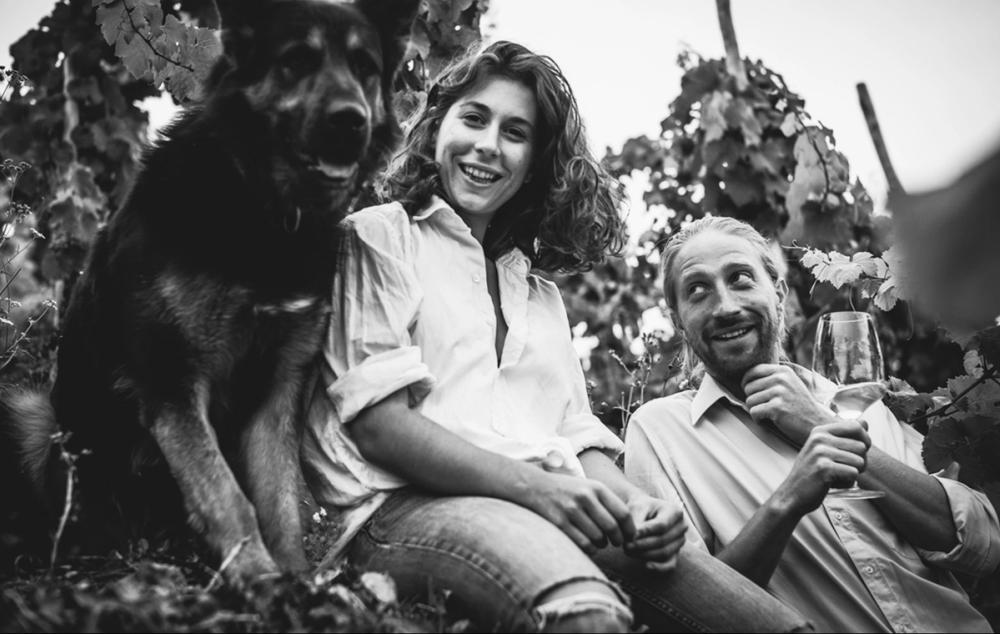
Hannes Hoffmann and his wife Olympia Samara have brought winemaking experiences learnt from around the world back to Germany
It’s also why he has such huge respect for how Melsheimer, and his peers, have for so long been the inspiration for this new generation of winemakers to make wines differently. That said even now there are those in what is largely a co-op dominated wine region who think he is “crazy” for wanting to farm biodynamically.
Melsheimer says it is only in the last five years that he has seen any real benefit commercially, or by reputation, for being biodynamic. It was just the right way he felt he needed to farm his land when he first started out in 1984.
“The Mosel is still very conservative. Only around 3% of the producers are organic. People say it is too steep and it impossible to spray without using helicopters. So you have to be determined. It’s not easy.”
It was the same for the Hoffmanns who travelled the world, making wine as they went: it was the only way they would have ever contemplated starting making wine of their own, he says.
“It was a simple decision for us. It was so much harder for Thorsten. But we are now part of the niche producers making niche wines.”
Melsheimer says it is somewhat ironic to see the market now waking up so much to biodynamics and farming sustainably.
“But the young generation won’t accept conventional farming any more. The planet does not need us to make wine. We need to make wine that is sustainable and good for the planet. We need to be more responsible and lead from the front and show there a good way of farming without hurting each other.”
Sharing insights
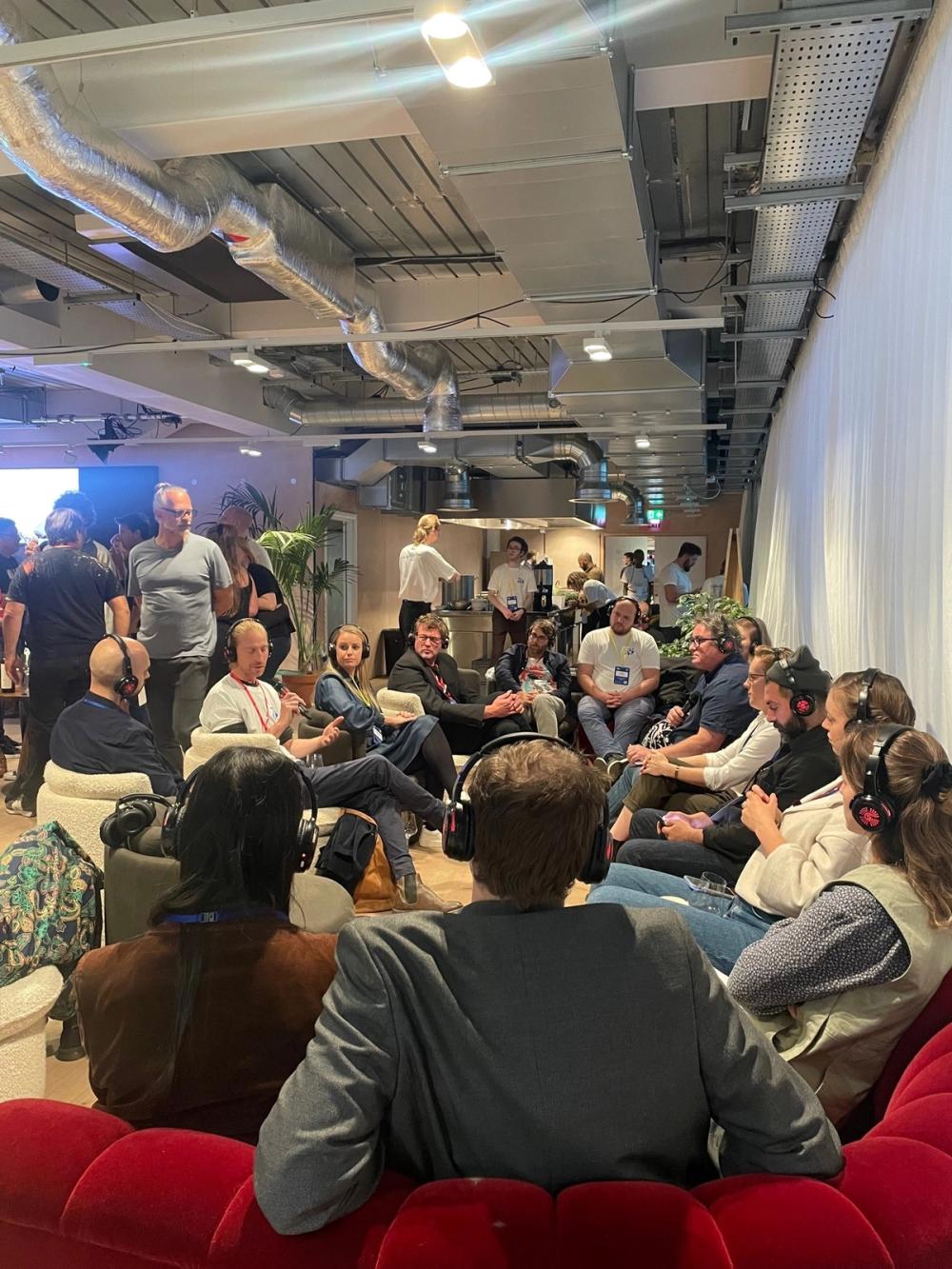
The setting for the New Wave German wine debate was during the recent Old and New World tasting hosted by Newcomer Wines
Melsheimer and Hoffmann were able to share more of their stories and respectiveinsights as part of a panel hosted by The Buyer at Newcomer’s recent Old New World tasting in London along with:
- Christina Rasmussen, co-founder of Little Wine that specialises in supporting independent, low intervention, organic and biodynamic wine producers.
- Wieteke Teppema, commercial director and wine buyer for Drop Wine, that also supports smaller producers from around the world with its direct to consumer site.
- Matthew Fowkes, wine buyer for Germany at Majestic, has also been able to share his insights separately.
What has impressed Teppema about the success that Drop Wines has had with German wines is that a lot of it is being driven outside of Riesling and Pinot Noir and by some of the country’s less well known varieties.
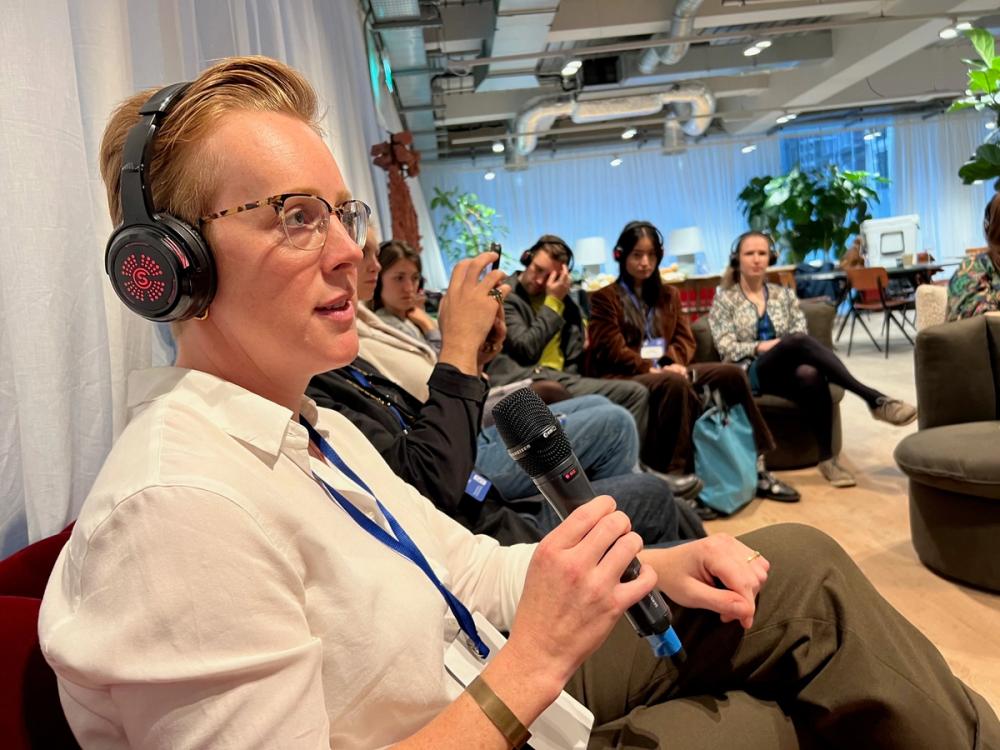
Drop Wine’s Wieteke Teppema says its customers are happy and willing to explore new styles of wine from Germany `
“Having that variety of varietals really helps, all of which offer really good value. People are open minded and happy to experience, particularly in London, new things are not tied to a particular variety or region,” she explains.
Rasmussen says Germany is the one country that has “diversified the most” in the eight years she has been working in the wine industry. She agrees with Teppema that the interest is now well beyond just Riesling and Pinot Noir with such a wide range to choose from, right though to ambitious and exciting pet nats.
“It’s a real melting pot of styles and production methods which is really inspiring to see,” she adds.
“That’s Germany’s big strong point. Its willingness to experiment and produce such quality wines right across the board, be it at £20 to £30 right up to competing with some of the finest wines in the world.”
Collective spirit
It is also the collaborative spirit and sense of community amongst the new wave of winemakers that is helping them to stand out in the market, says Hoffmann.
“When we started around six years ago we were the only ones in our region doing alternative winemaking. But you look around now and there are so many more. It is hard to keep up. Every day there are new winemakers starting up, making natural wine, going organic. It is so great to see,” says Hoffmann.
“We are now a new generation of winemakers. We are all friends and work together collaboratively. We are cool with each other and support each other as much as we can.”
Teppema says that sense of togetherness really comes across to buyers and it helps to see so many associations starting up, where there is strength in numbers and they can “collectively promote themselves”. This also has a knock-on effect with consumers when they can see more stories and activity taking place around a certain group of winemakers.
“It’s a rising tide. Everything is benefiting from this collaborative spirit.”
Which was very much the case at the Newcomer Wines Old New World event that featured like-minded, low intervention, organic winemakers from all over Europe and attracted a thriving crowd of sommeliers, wine buyers and equally diverse and engaged wine professionals from right across the sector.
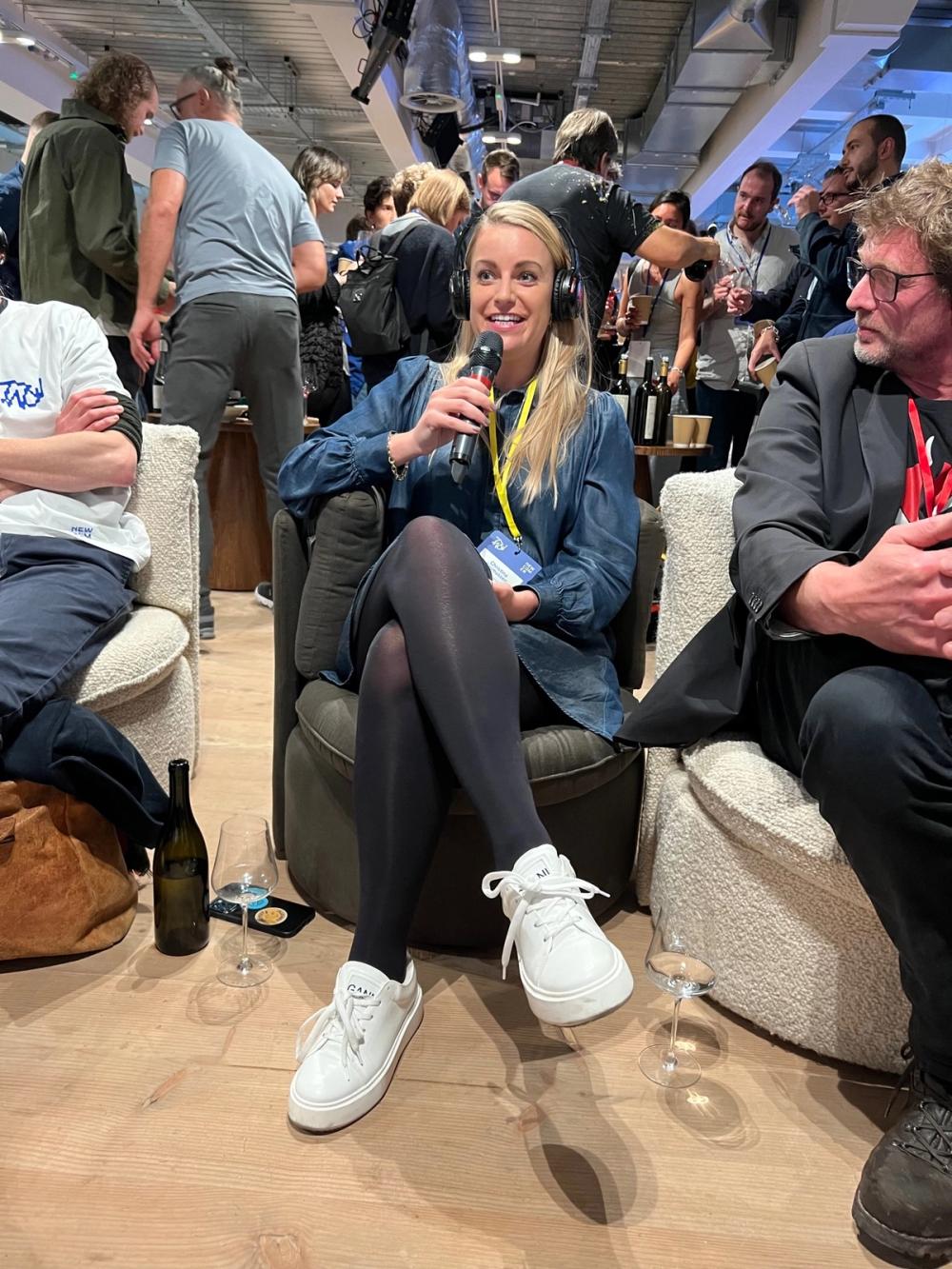
Christina Rasmussen says the collective spirit amongst German winemakers is making a big difference
“I completely agree about the power of collaboration,” says Rasmussen. “You can also see it in South Africa. It is so good to hear winemakers also talk about their colleagues and other winemakers they have learnt from. That is so inspiring to see and really helps take their wines forward.”
Marketing German wine
When it comes to selling and marketing German wines Rasmussen believes it is important to give your customers as wide a choice as possible, but “without overwhelming them”.
At Little Wine they look to have a good representation of producers across organics, biodynamics and natural and to make sure they have a number of wines from each one covering different styles and price points.
“That is the key to success with German wines,” she says. “Really focus in on the producers and tell their stories.”
Majestic’s Mathew Fowkes says it is also good to remember that the wider consumer’s understanding of what Germany can offer is “mixed”. “Engaged customers who like German wines will perhaps have an understanding.”
He adds: “Riesling can be so varied which is both a blessing and a curse. Sauvignon Blanc on the other hand, may not be as revered a variety but consumers know what to expect. More education is needed.”
He would also like to see more work being done on its packaging and labels so that it was easier for consumers. “It can be confusing to shop as labels are not necessarily clear on the style of wine – although this is improving and some producers are better than others. More simplicity is needed. Very few people, for example, know what Präditkatswein is or what the varying levels mean.”
Wider interest

Thorsten Melsheimer says he is seeing demand from both specialist and niche wine buyers and mainstream and traditional venues and merchants too
Melsheimer says he has been greatly encouraged by the number of buyers that are now interested in his wines and the fact he is as likely to be talking to Harrods about one of his wines as he is a trendy wine bar or bistro.
“It’s no longer just the new generation of buyers looking to buy these wines, but also fine wine buyers are looking at them different. They are much more open to trying different wines from Germany. Not just the big names, but they also want to give their customer new experiences too.”
The rise in German fine wine sales is also a big boost for the category as a whole. Liv-Ex reports Germany is one of the fastest growing countries on its secondary market index with a five-fold increase in the last two years.
Teppema says she is not surprised and says during her time at Howard Ripley, one of the UK’s prominent German wine specialists, she saw a big increase in demand for German fine wine over the last five years. “Collectors are looking for a much wider range of wines to invest in and lay down. Those Liv-ex figures do reflect what is going on. German wines also offer an amazing quality to price ratio, much more so than many other countries and it is starting to come into its own.”
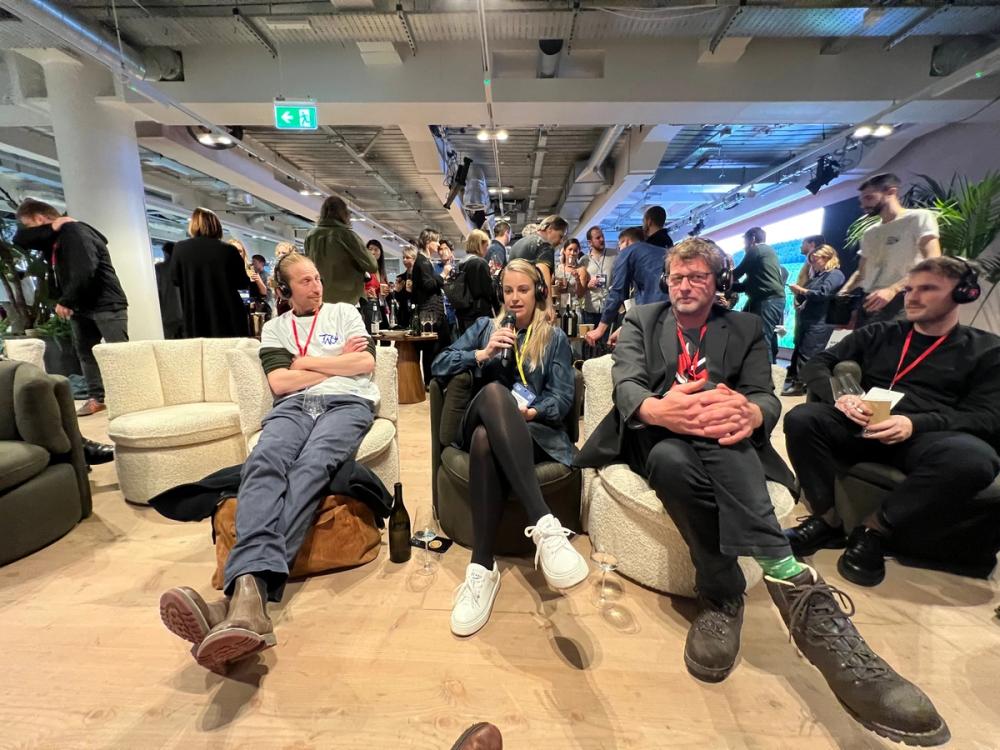
The new wave German wine debate was held as part of the Newcomer Old and New World tasting
Hoffmann says it certainly helps the German as a whole to see this new demand for its high end wines. “It is much needed too.”
Melsheimer agrees and says as a Mosel producer, where production costs can be four times higher than they are in the rest of Germany, then being able to command higher prices for its wines is vital, particularly if it is going to be able to pay its workers and growers the fair amount of money they deserve.
“We need to be paying people €15 or €16 an hour to work in our vineyards. That is a fair price. But 60% of my costs are labour. We cannot sell wine under €20 any more. We are a special region making great quality wines.”
Rasmussen says it is great to see prices going up and says it is also probably a reflection of the big price hikes in Burgundy that has pushed many Pinot Noir collectors over to German alternatives.
Looking ahead
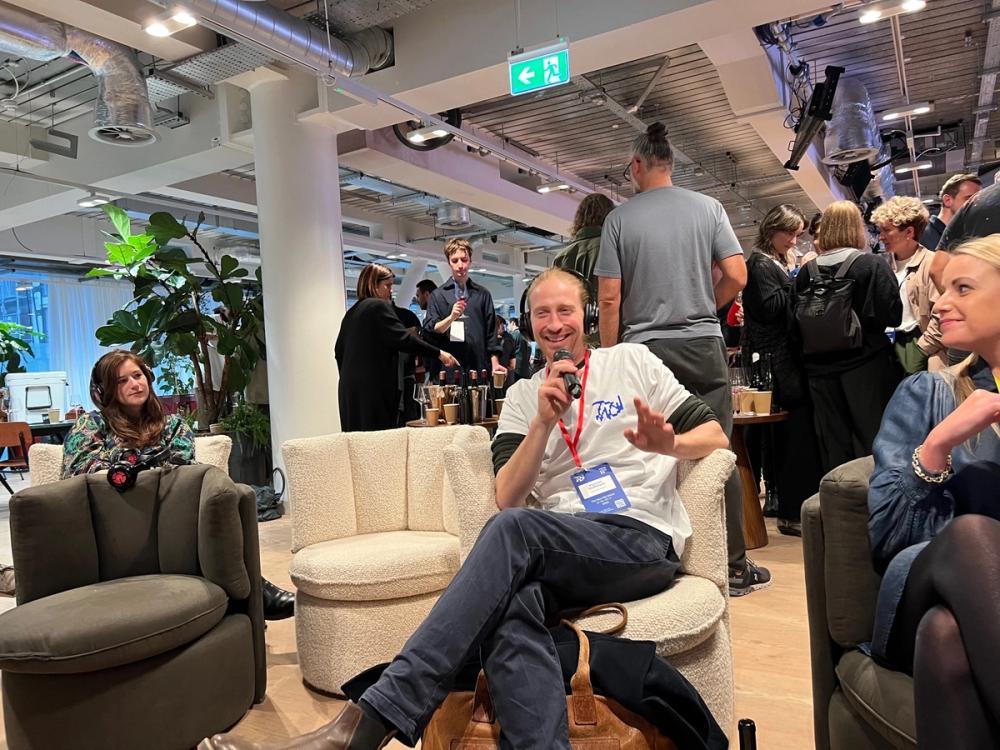
Hannes Hoffmann says he can only see a strong, positive future for new wave wines from Germany
The panel was agreed that the future certainly seems bright for Germany and the big trends now are likely to drive its sales in the years to come.
Hoffmann says it will be interesting to see how many more organic producers there are in the coming years, particularly as the German government has pledged that 30% of its agriculture will be organic by 2030.
“If it can develop like it is at the moment then it all looks positive,” he says.
He also expects to see producers introduce more resistant grape varieties and experiment with new techniques that help tackle climate change.
Melsheimer says he remains hopeful that more Mosel producers will switch to organics but is not holding his breath. “It is the most conservative place in the world. But you won’t be successful in the future if you are not organic.”
As for Fowkes it all comes down to the styles of wine it is producing: “Fresh, dry and off-dry styles resonate with most consumers. Consumers are increasingly looking for refreshment in their wines and Germany is well-placed to offer this.”
He adds: “German Sauvignon Blanc has potential as Sauvignon Blanc sales and volumes don’t look like slowing down. It would also be good to see more Burgundian wines being made from Chardonnay and Pinot Noir. Especially if the pricing is more consumer friendly than what Burgundy seems to be.
“Then there is Riesling. No one can do it the same way.”
- You can find our more about the new wave German wine scene at the Wines of Germany website here.
